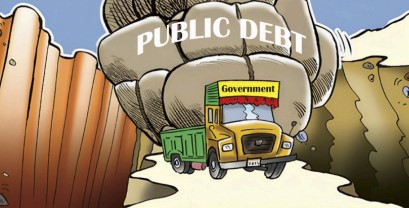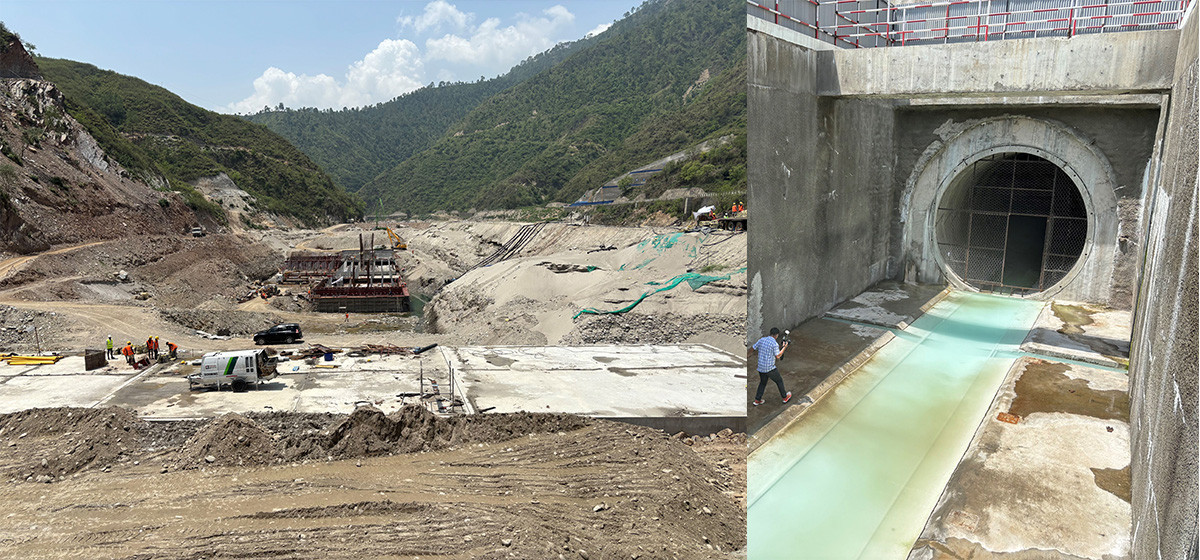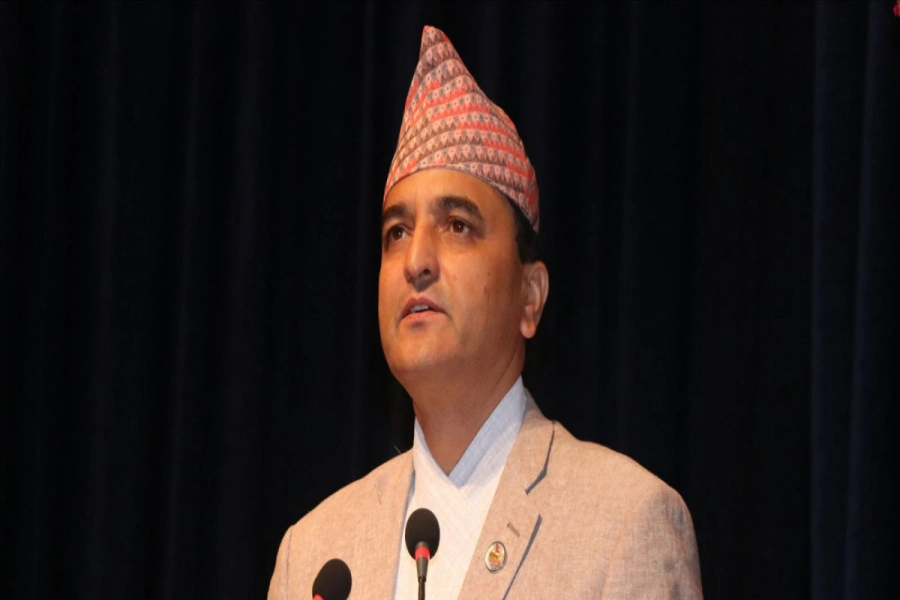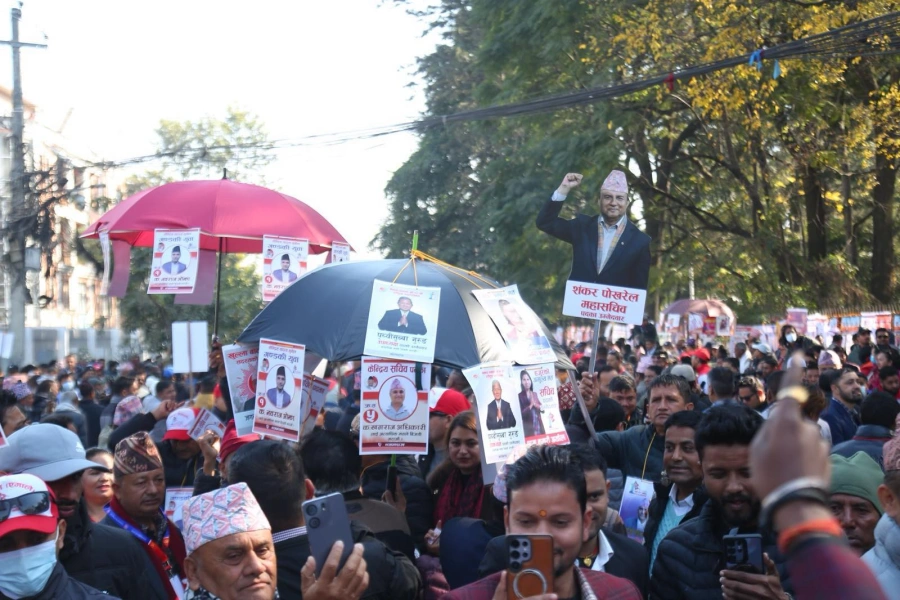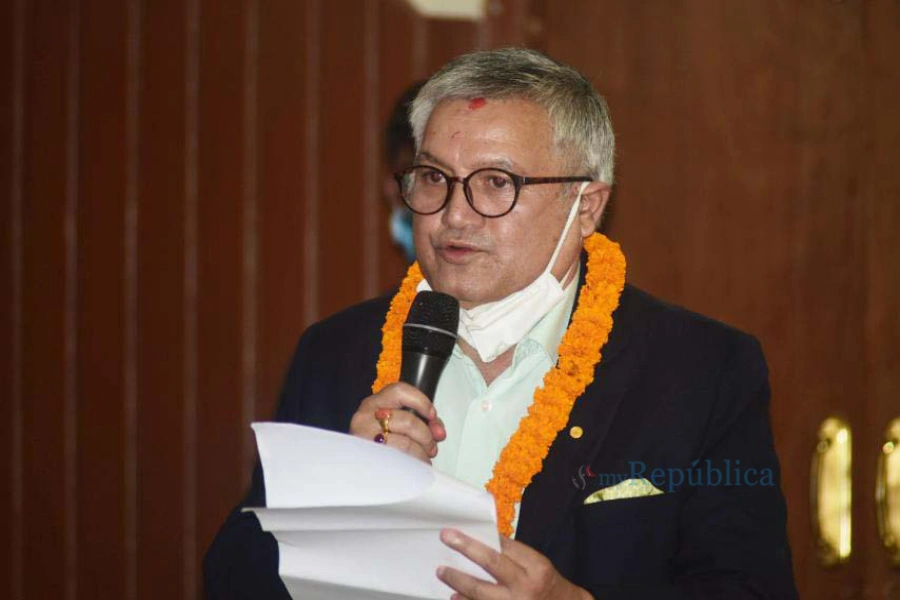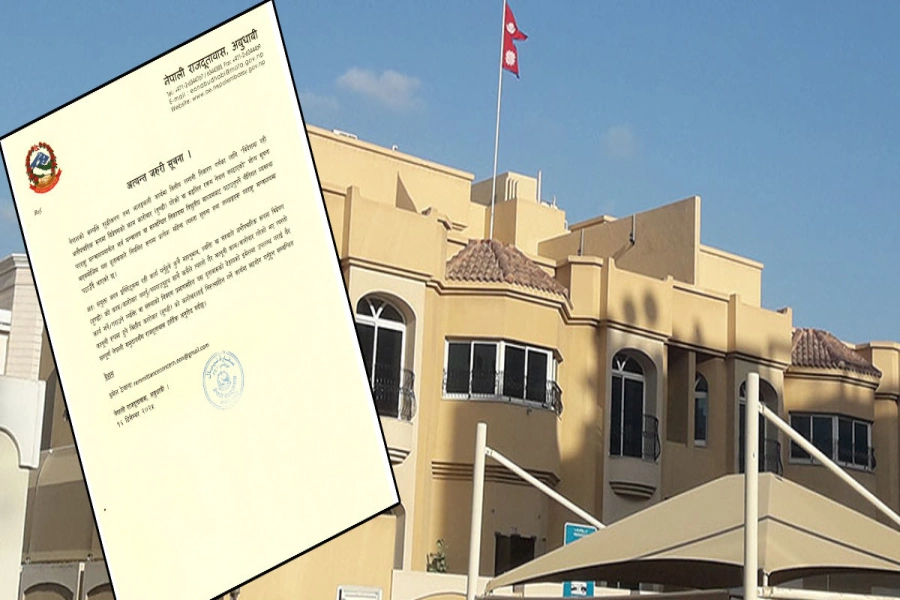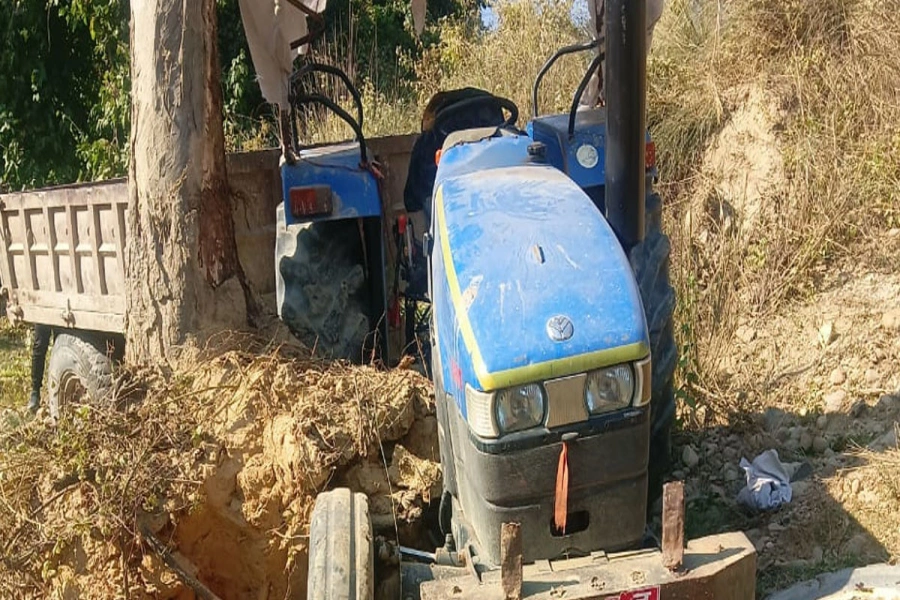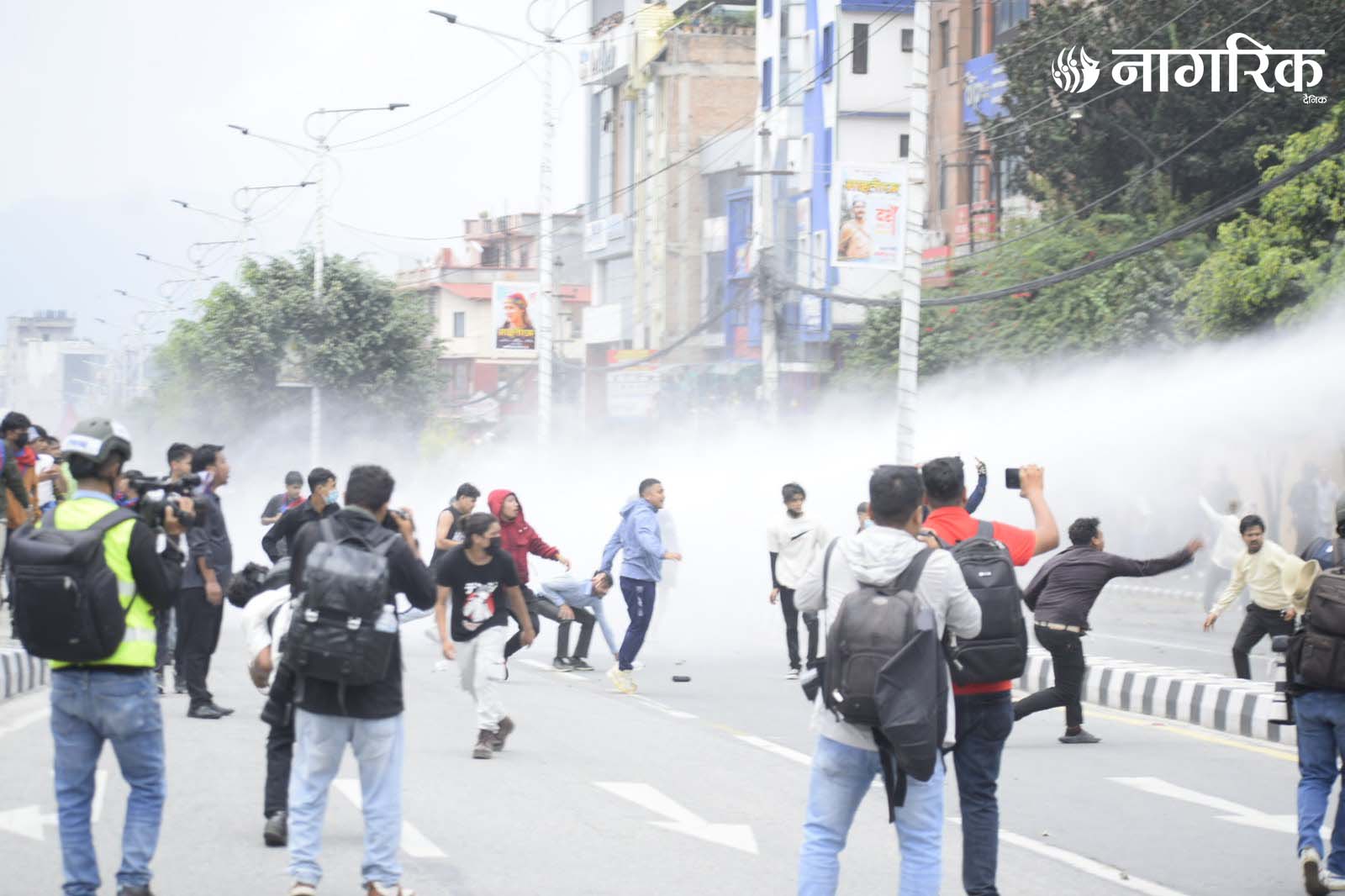The year 2025 marks a pivotal moment for Nepal in advancing its climate commitments and demonstrating leadership on the global stage. With the submission of its first-ever Biennial Transparency Report (BTR), the unveiling of the third iteration of its Nationally Determined Contribution (NDC 3.0), and the highly anticipated event, Sagarmatha Sambaad Nepal has a unique opportunity to assert itself as a climate leader among developing nations and particularly among mountainous countries vulnerable to climate change.
Nepal’s Climate Transparency: The First Biennial Transparency Report
For the first time, Nepal is set to submit its Biennial Transparency Report (BTR) under the Paris Agreement’s Enhanced Transparency Framework. This report will provide critical data on Nepal’s greenhouse gas (GHG) inventory, the progress in implementing previous NDCs, adaptation efforts, and climate finance mechanisms. Given the global emphasis on transparency and accountability, the BTR will not only enhance Nepal’s credibility in climate negotiations but also serve as a reference point for domestic and international climate action.
For a country like Nepal, the BTR is not just a reporting requirement but a fundamental tool to drive evidence-based policymaking. As a Least Developed Country (LDC) with significant climate vulnerabilities, Nepal must ensure that its climate policies and international commitments are backed by robust data. The BTR will help Nepal systematically track emissions from various sectors, assess the effectiveness of mitigation and adaptation efforts, and identify key areas requiring urgent intervention. Moreover, a well-structured BTR will enable Nepal to make stronger cases for international climate finance, support for adaptation initiatives, and technical assistance, ensuring that the country’s climate actions are not only recognized but also adequately supported.
SHIFT for Our Planet: Youths urge authorities to make climate j...

However, one of the primary challenges in preparing the BTR has been the availability and quality of GHG-related data. Nepal’s current data collection mechanisms remain weak due to limited institutional capacity, outdated methodologies, and inadequate coordination among agencies. This reporting cycle is expected to highlight these gaps, but it also provides an opportunity for Nepal to strengthen its institutional arrangements for future submissions. Investments in data systems, capacity-building initiatives, and a well-defined institutional structure for climate reporting are crucial to ensuring improvements in the next cycle.
NDC 3.0: Ambitious Targets for 2030 and 2035
Building on its previous commitments, Nepal is preparing to submit its third Nationally Determined Contribution (NDC 3.0), setting updated climate targets for 2030 and 2035. This iteration of the NDC is expected to address not only mitigation strategies but also cross-cutting themes such as loss and damage, climate finance, just transition, adaptation, and mechanisms under Article 6 of the Paris Agreement.
While the NDC formulation process has been praised for its inclusive approach—incorporating inputs from government agencies, civil society organizations, and sub-national stakeholders—the challenge remains in ensuring that the commitments are both quantifiable and implementable. Nepal must resist the temptation to set overly ambitious yet vague targets and instead align its commitments with realistic pathways, learning from the best practices of other countries. Moreover, a dedicated Monitoring, Reporting, and Verification (MRV) focal point within the institutional framework is essential to track progress and enhance accountability. Establishing this focal point will ensure a more systematic approach to data collection, reducing dependency on ad-hoc reporting efforts.
Sagarmatha Sambaad: Amplifying Nepal’s Voice on Climate Justice
The upcoming Sagarmatha Sambaad, scheduled for May 16–18 in Kathmandu, presents a crucial platform for Nepal to highlight its vulnerability to climate change while calling for greater global support in adaptation and mitigation efforts. Led by the Prime Minister, this high-level dialogue is expected to focus on the disproportionate impacts of climate change on mountainous nations, urging collective action and financial commitments from developed nations.
However, the success of Sagarmatha Sambaad will not be measured solely by the discussions held but by tangible outcomes that translate into sustained international support. Without strong scientific evidence and strategic advocacy, Nepal risks having its demands overlooked in the broader climate dialogue. The challenge lies in ensuring that this platform yields concrete pledges for climate finance, adaptation measures, and mechanisms to address climate-induced loss and damage.
The Road Ahead: Strengthening Policy and Institutional Arrangements
While Nepal’s progress in climate action is commendable, several critical challenges must be addressed. First, the country must prioritize strengthening its data collection and MRV systems to support evidence-based policymaking. Investment in institutional arrangements, particularly through the establishment of a dedicated MRV focal point, will be essential for ensuring long-term improvements in climate reporting. Second, Nepal should ensure that its NDC targets are both ambitious and achievable, avoiding targets that are politically appealing but practically unattainable. Finally, successfully integrating its BTR submission with NDC 3.0 would be a significant milestone, showcasing Nepal’s commitment to transparency despite its technical limitations.
As Nepal navigates this crucial year, it must leverage these opportunities to not only enhance its climate credibility but also secure meaningful global support. The path forward requires a balance between ambition and pragmatism, ensuring that Nepal’s climate commitments translate into real-world impact.















